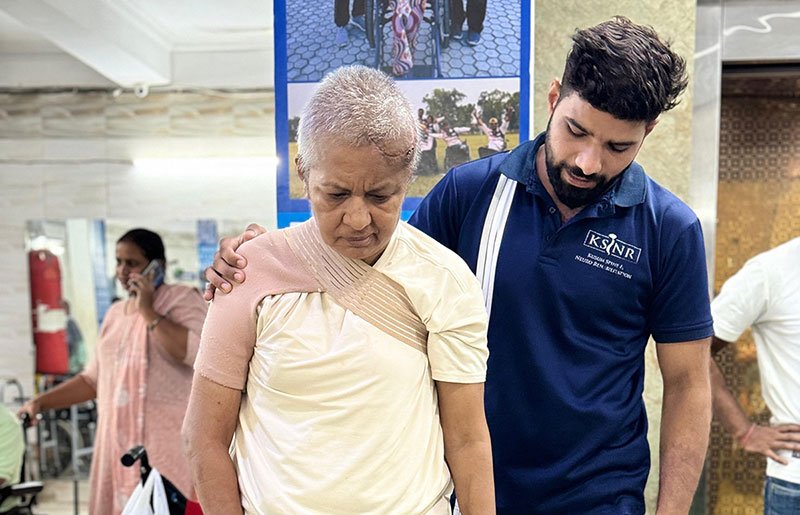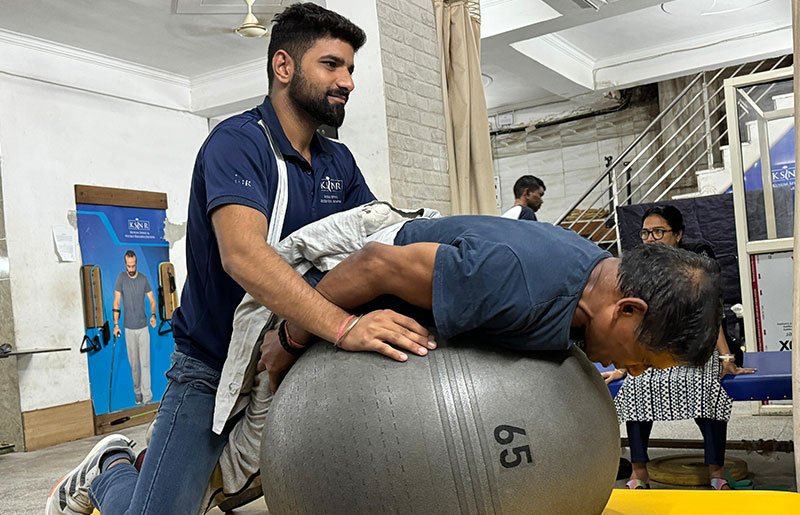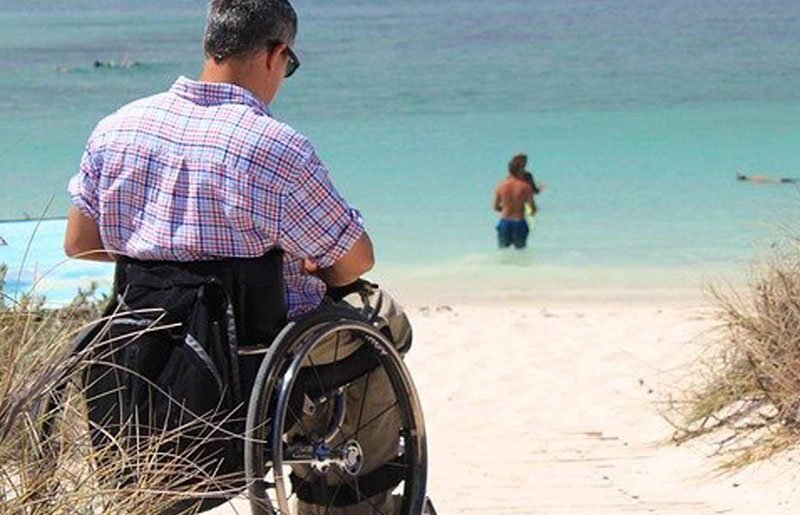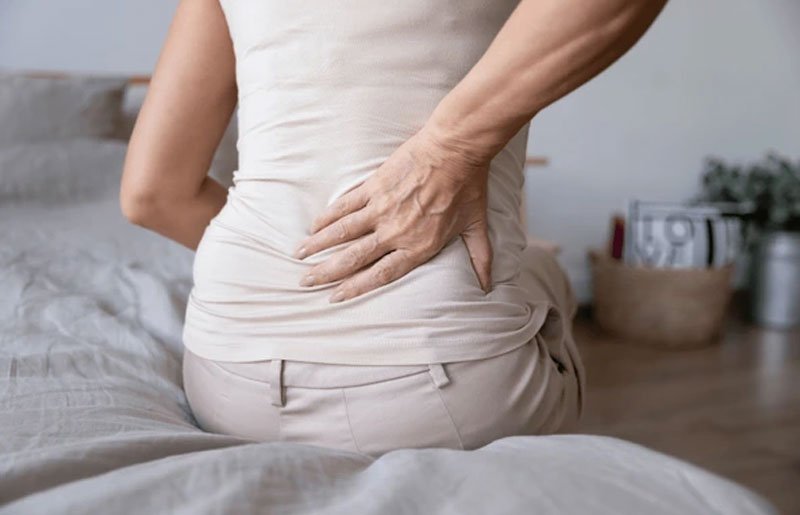Mental Health in Spinal Cord Injury
It is a big-big challenge for people to start their life again after a Spinal cord injury because shifting from an able to a completely or partially disable person is a life-long process and it takes a lot of courage as well as adjustments. A person’s life and lifestyle is completely changed after SCI. Their independency, their worth everything is on stake andwhichgives rise to negative thoughts and further causes psychologicaldistress. Depression and anxiety are very normal reactions to the physical changes as well as to the day-to-day consequences of the injury and subsequent disability. Sometimes the case may worsen and people need to consult psychiatrist and start medications as well. Moreover, the mental health becomes a major issue when it starts limiting the person from taking part in their physical therapy and moving on with life. Without proper management this can hinder one’s ability to pursue rehabilitation and negatively impact recovery outcomes. The factors that affect the mental health are mentioned below. Chronic Pain Chronic pain is basically the pain that lasts 3 months or longer and hence causes changes in the spinal cord injury and how the brain perceives the pain. Chronic pain can affect the entire central nervous system resulting in severe pain that is hard to treat. It can be debilitating and problematic that is often accompanied by depression and psychological issues. There is not always a known cause of chronic pain, whereas other times the pain is lingering symptom of an injury or accident. Impaired Mobility It is one of the major causes of depression among SCI patients. Impaired mobility is a state in which the individual experiences the limitation of physical movement. After the spinal cord injury due to this impaired mobility people are unable or may not be able to perform or participate in their favorite activities, atleast in initial phases and this leads to negativity in the thoughts of the individual. Medications There are so many complications related to SCI which includes chronic pain, respiratory infection, urine infection (UTI), spasticity, depression and so on. So to conquer these complications and get going with the rehabilitation in a proper way SCI patients are advised to start medications. These strong medicines affect the function of the brain very badly. Lack of Independence SCI usually causes severe locomotion disability due to paralysis of muscles. Depending of the level and impact of injury a person with SCI can completely be independent or need full assistance in their daily living activities and rehabilitation. Other consequences of SCI, such as sensory, spasticity, chronic pain, neurogenic bladder, etc. also influence the degree of disability and reduce functional dependency. Having to rely on someone else more often for your daily living needs can hinder one’s mental health vigorously and in some cases it may also leads to suicidal tendency. Physical Inactivity It is said that physical activity is god for the mind and the body. Engaging in a moderate amount of physical activity will result in instant upliftment of mood and emotional states. There are a lot of said benefits of exercises and physical activities which are. But due to the disability SCI patients are unable to take part in physical activities more often and hence their mental health is impacted negatively. Poor Diet Poor diet can contribute to many health problems including depression and anxiety. It is said the resourcesthat the chemicals present in food can instantly promote the feeling of a person. So in order to maintain a good mental health, a good diet is very important. Neurons are the major cells of the brain which is affected by the food a person eats. An unhealthy diet, that is rich in fats and sugars causes inflammation of neurons and inhibits the formation of new neurons. This can affect the way the brain works and contribute to brain disorders like depression. Poor diet and the low frequency of meals can also leads to fatigue an tiredness which further affects performance and mood of an individual. Poor Sleep Quality The whole life and life style of a person changes after SCI .Like all the other things the sleep schedule is also impacted very badly which results in poor sleep quality.Everything needs to be re-functioned and the person who is dealing with SCI has to start from the scratch. The other complications related to SCI as discussed above are one of the major factors of disrupted sleep. Lack of sleep is associated with low energy levels, increased irritability, and reduced alertness. Isolation In the initial phase of the injury people are afraid to go out and live their life as earlier. And in some cases out of embarrassments people do not want go out and hang with their friends and relatives and get comfortable around their own space, which results in loneliness and isolation and triggers the mental health. Financial problem Some individuals with SCI may not have a good financial background or might lost their job due to their motor impairments and hence to bear the cost of proper rehabilitation and treatment of SCI is a big issue for them. The instability in financial condition increases the stress level and causes anxiety issues. How to deal with these psychological effects? So with proper management these psychological effects can be handled very well and it is very-very important to take good care of a person’s mental -health who is dealing with SCI. Spinal cord injury recovery is both a physiological and psychological challenge. While damage to the spinal cord does not directly affect psychological states, the resulting motor and sensory impairments can contribute to changes in mental health. Failure to address the psychological effects of spinal cord injury can interfere with rehabilitation efforts and slow down recovery. Psychological management interventions generally focus on improving one’s perceived sense of control and purpose, as well as promoting a positive mindset. We hope that this article helped you to get an idea about how SCI can affect one’s mental health. And incase if
Mental Health in Spinal Cord Injury Read More »




